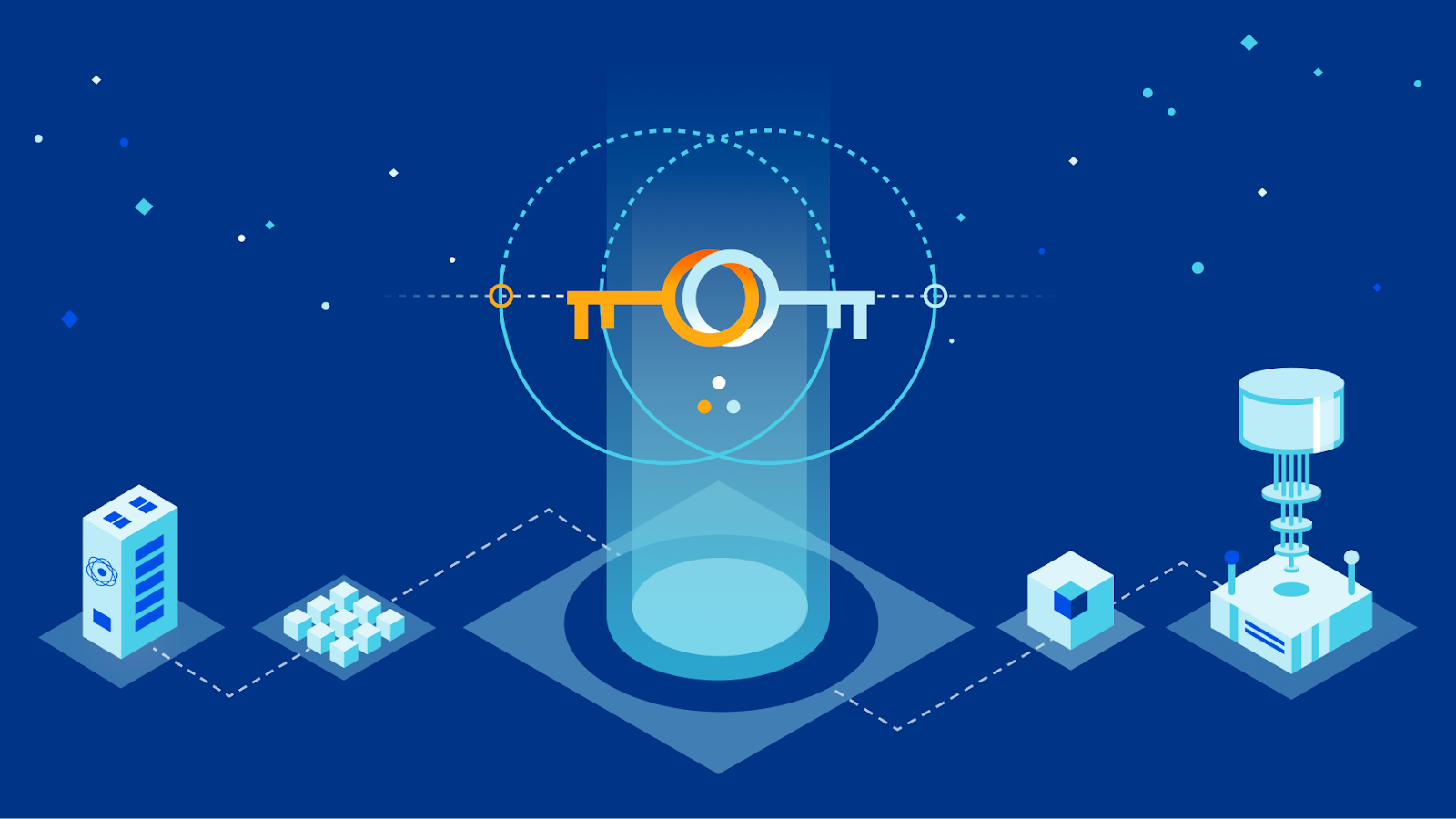0
HPE to ship a dedicated inference server for the edge
Later this month, HP Enterprise will ship what looks to be the first server aimed specifically at AI inferencing for machine learning.Machine learning is a two-part process, training and inferencing. Training is usign powerful GPUs from Nvidia and AMD or other high-performance chips to “teach” the AI system what to look for, such as image recognition. [ Get regularly scheduled insights by signing up for Network World newsletters. ] Inference answers if the subject is a match for trained models. A GPU is overkill for that task, and a much lower power processor can be used.To read this article in full, please click here

